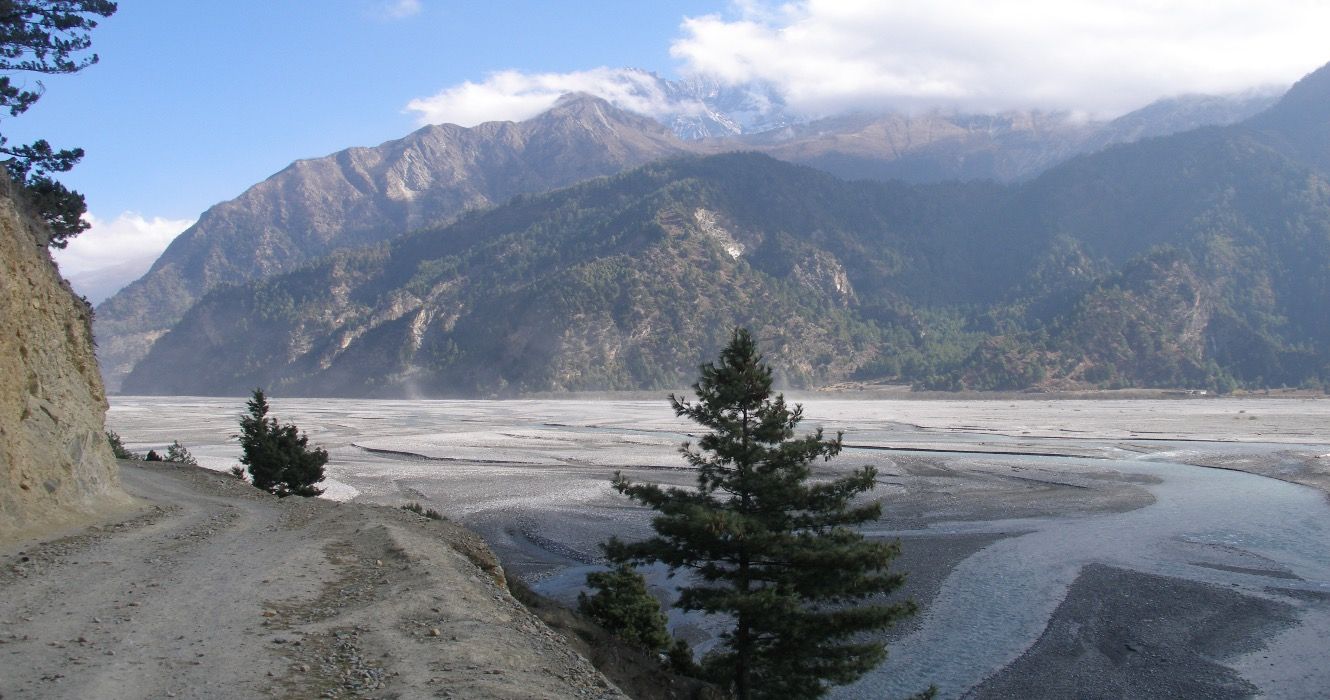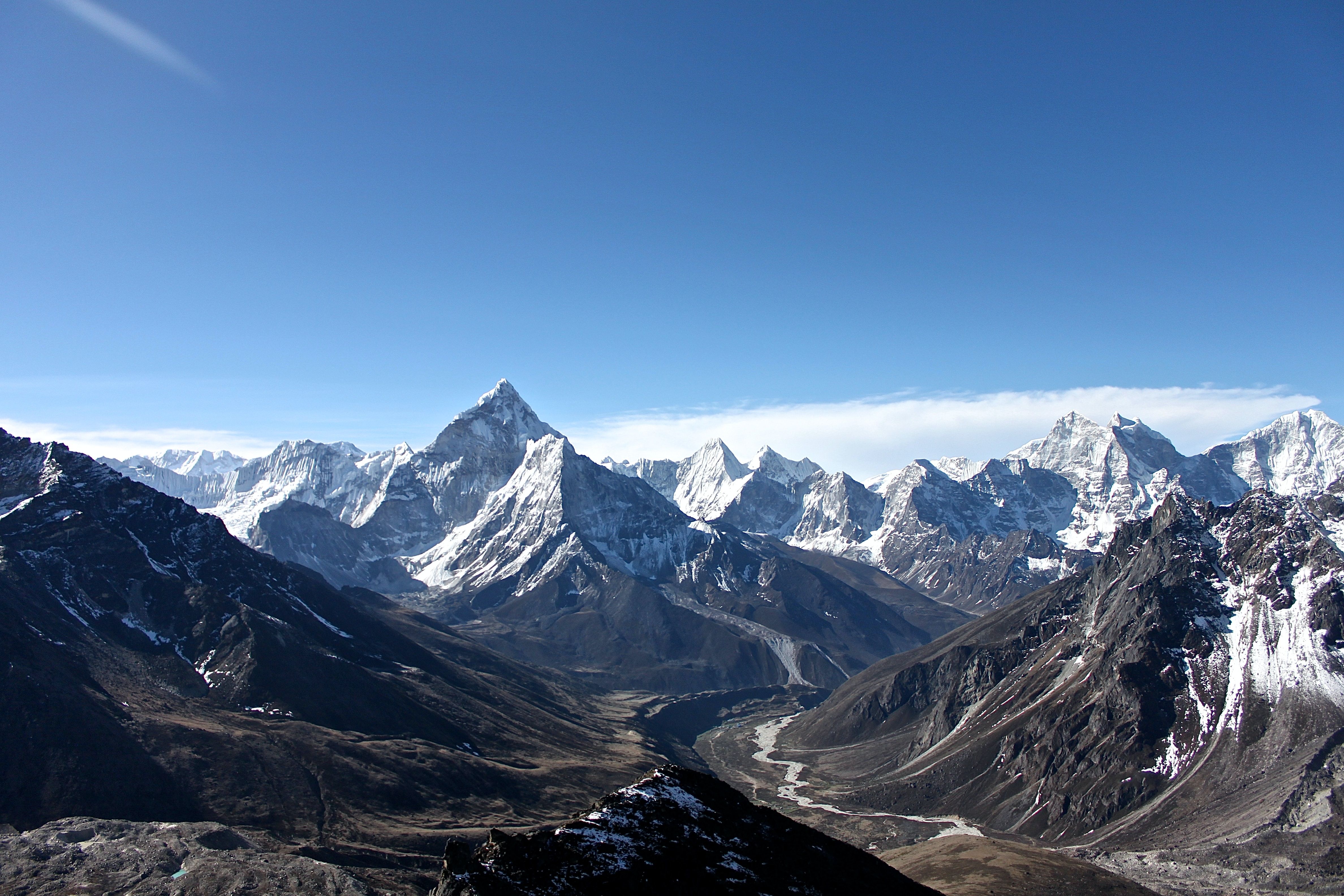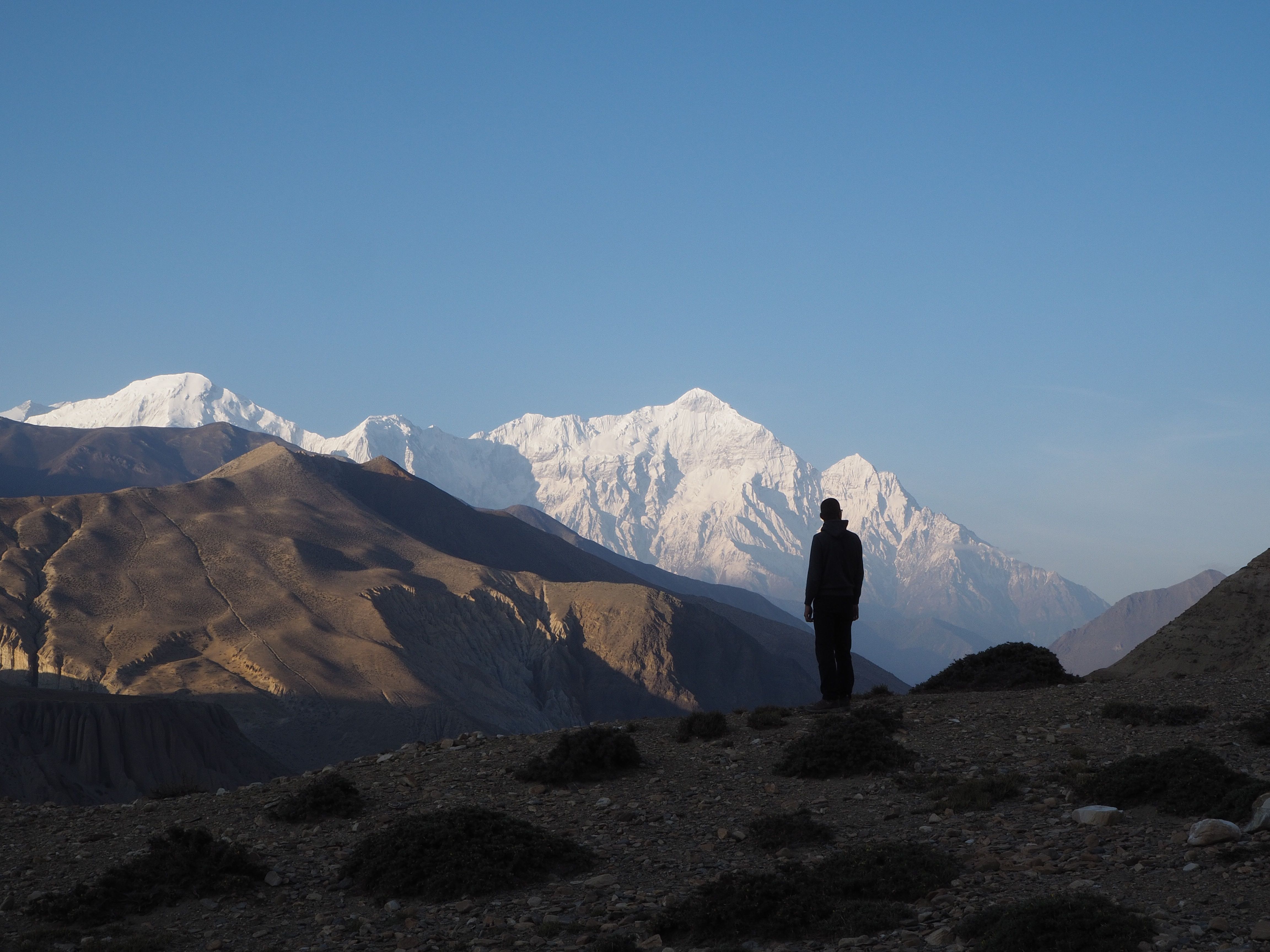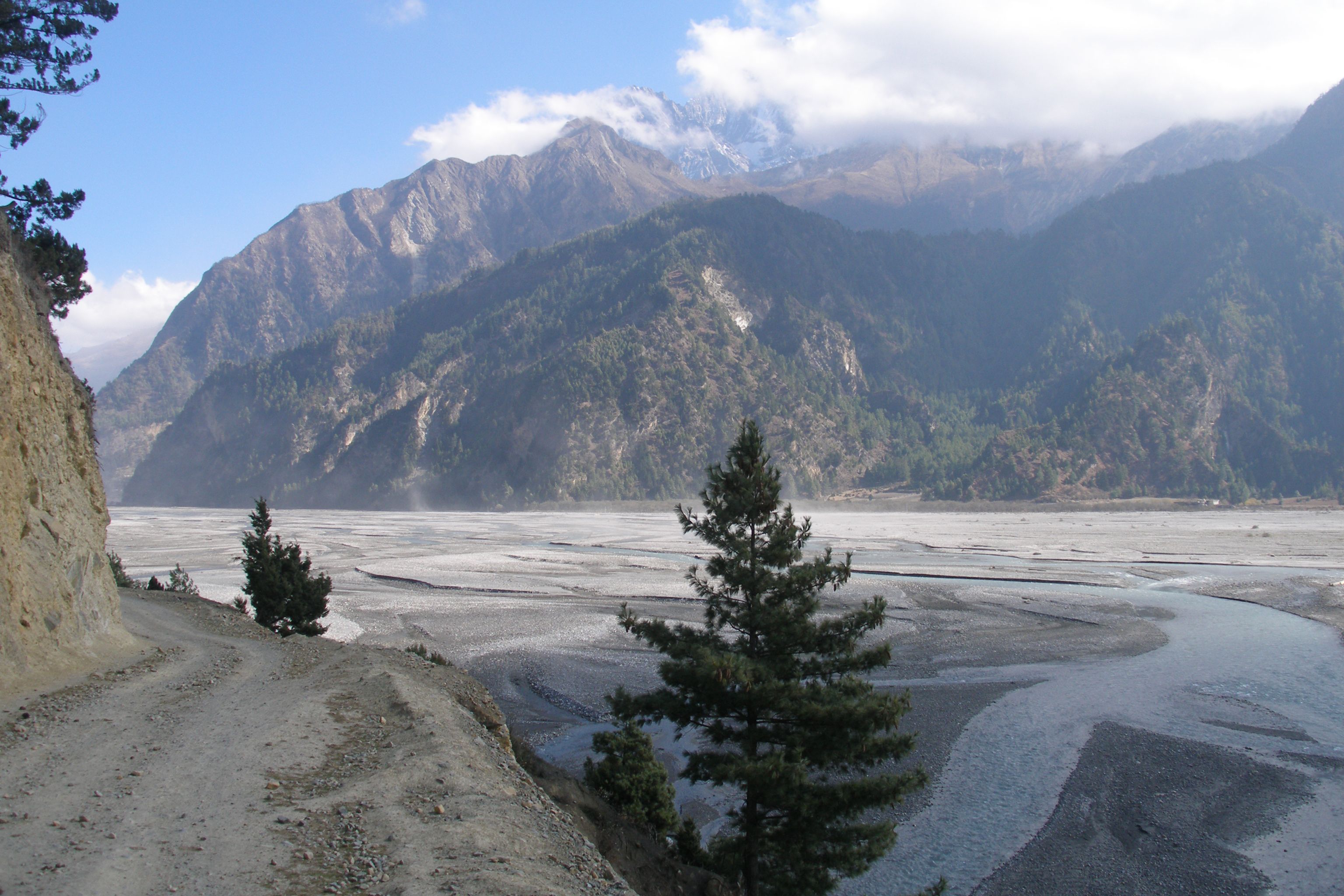Read update
- The World's Deepest Gorge: Why Kali Gandaki Matters
Summary
- The Kali Gandaki Gorge is the deepest gorge in the world, estimated to be roughly 6,000 meters deep, with an unknown depth at its very bottom.
- The gorge was formed through tectonic plate movement and the powerful force of the Kali Gandaki River cutting through the mountains over millions of years.
- The Kali Gandaki Gorge attracts tourists year-round, with the best time to visit being in the fall or spring when the weather is pleasant and the landscape is particularly beautiful.
There's a strange fascination with all things deep and uncertain in the world, such as the previously unexplored depths of Mariana's Trench and the perfectly carved layers of the Grand Canyon. While these are two of the deepest points on the earth, there's still one more that deserves some attention: Kali Gandaki Gorge.
Known as the deepest gorge in the world, Kali Gandaki Gorge is estimated to be roughly 6,000 meters deep. The very bottom still has yet to be confirmed, while the mountains surrounding it reach an ultimate height of almost 6,000 meters (18,000 feet). This makes for an incredible visual for those who have the chance to visit and witness this incredible carved ridgeline. The gorge itself has had a long history before it and will likely continue to have a long history after, as Nepal's location is considered sacred. With the Himalayas surrounding this river gorge, there are many vantage points to take it in, including at the shallower sections of the bottom, where the view from below is absolutely humbling.
UPDATE: 2023/11/21 12:28 EST BY NOAH STAATS
The World's Deepest Gorge: Why Kali Gandaki Matters
This article has been refreshed with new information regarding the Kali Gandaki Gorge, as well as the best time is to visit it. Luckily, Nepal boasts year-round tourism and activities, so this doesn't only have to be a fall or spring-time visit.
How The Gorge Was Formed
The gorge sits between two monstrous mountains on either side, making the gorge and the river their halfway point. Dhaulagiri, which has a summit height of 26,795 feet, sits west, while Annapurna sits east with a summit height of 26,545 feet. Interestingly enough, it was the river that came along before the mountains. The Kali Gandaki River has a whopping space of over 18,000 feet between its bottom and the mountains' rim surrounding it on either side.
This difference in height and the gorge's creation can be traced back millions of years, as many natural features can be. The geology behind the gorge's creation is quite unique, though, as a tectonic plate movement was responsible for pushing the land forward and up enough to elevate it, creating the Himalaya Massif. Throughout this entire natural movement, the river was powerful enough to cut through the differences in the earth's top layer and proceed on, thus cutting its way through the mountains into the trail we see today.
The river once served as a trade route between India and Tibet, giving traders the same incredible view that visitors would have nowadays if they were to visit. While the river gets shallow and much deeper in some parts of the gorge, it has continued its steady flow for centuries, only serving to deepen the gap between the mountain range. This power is appropriately named, as both the river and the gorge share the name of Kali, the Hindu goddess responsible for the forces of nature. In the deepest part of the gorge, the depth is still unknown. Still, it is estimated to be at least 6,000 meters deep, making this region somewhat of a mystery and an incredible depiction of what nature is capable of.
- How it Formed: The Kali Gandaki Gorge sits between two mountains, the Dhaulagiri and the Annapurna.
Like Mount Everest, The Kali Gandaki Gorge Brings Many Tourists
Like Everest, the mountains on either side of the gorge also draw an audience yearly. Year after year, thousands of people come from all over the world to witness the beauty and sheer power of this river gorge and the mountains surrounding it. During the coldest parts of the year, both mountains are snow-covered, making for a majestic and striking landscape that few can witness. For those visiting the Kali Gandaki Gorge, it might just be a tourist trip; for those who live in the area and survive on the land surrounding this mountain range, the land is sacred and holds tremendous meaning to the indigenous peoples of Nepal. Of course, there are other things besides mountaineering in Nepal, with tourist attractions being rather plentiful.
In speaking of this sacred location, locals often travel down into the gorge to collect stones called saligrams, which are also sacred. These stones are fossils leftover from when shellfish that dwelled in the river millions of years ago existed in abundance, leaving behind these unique, stone-like artifacts. In Nepal, it's believed that these stones have healing powers. Throughout India, they're sold with a monetary equivalence to, or more than, gold due to the fact that they're believed to be so powerful. Locals mainly do this as they know the routes in and out of the gorge, which isn't known to tourists. In fact, the only way a tourist can reach the bottom of the gorge is with an experienced tour guide due to the steep nature of its sides and the time it takes to navigate the terrain.
- Plenty of Visitors: Much like Mount Everest, Kali Gandaki Gorge brings tourists from across the world 365 days each year.
The Best Time To Visit The Kali Gandaki Gorge Is In The Fall Or Spring
Regarding when to book a trip to see this impressive gorge, the Kali Gandaki tends to be most beautiful (and popular) in the fall and spring. Because Nepal sees wonderful weather during these seasons, which makes trekking down into the gorge an easier experience during fall or the early part of the year. During fall, leaves on trees change color, offering the perfect photo-op for travelers.
These are some snowy destinations in Asia (besides Nepal).
In spring, the plants and animals come out to play, which is a better time for creature watching and studying plants. Regardless, the Kali Gandaki Gorge is a wonder whenever someone decides to come explore it. Nepal is home to many fascinating natural landscapes and cultures, so it could take a few weeks to truly explore everything worthwhile. Moreover, some people even come here in December to see the gorge, so year-round tends to be okay for travel here. Again, Nepal's climate is diverse, so not every area will feel like Mount Everest.
- Best Months to Explore: March, April, May, October, November and December




